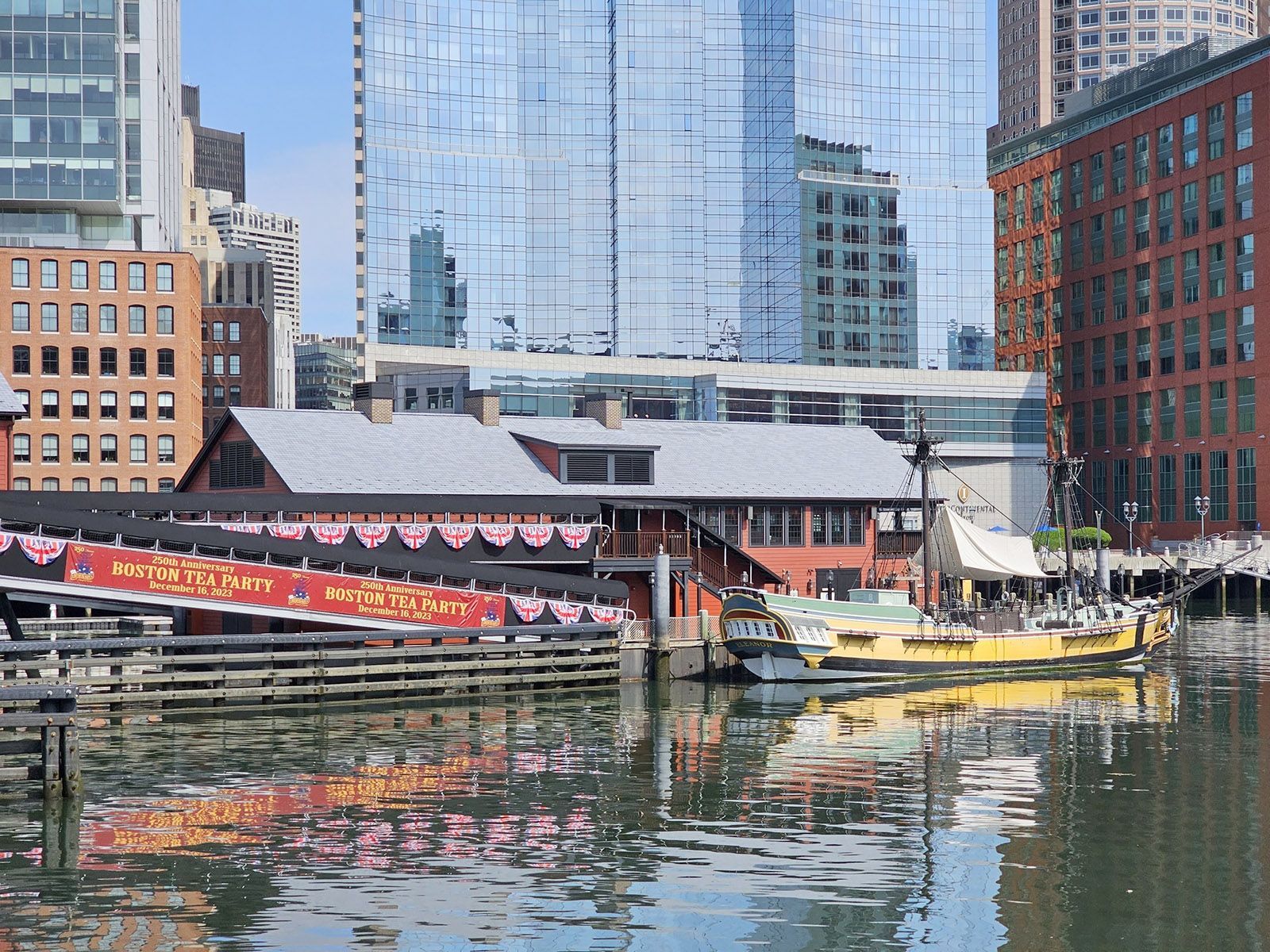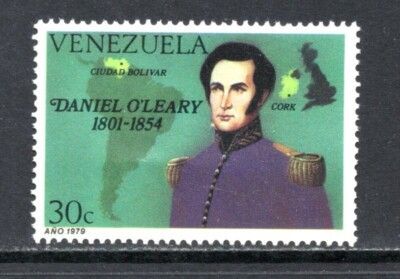It turns out the Irish love a tea party as much as anyone else. A Kilkenny man named Thomas White was part of the history-making Boston Tea Party on December 16, 1773, when angry Bostonians led by Sam Adams and the Sons of Liberty boarded three British ships and dumped 92,000 pounds of tea into Boston Harbor.
Their act of defiance over "taxation without representation" was part of a growing dispute between the British Crown and the colonies that helped trigger the American Revolution. This Saturday, December 16, thousands of people are gathering to celebrate the 250th anniversary in Boston.
They will walk the Freedom Trail, attend lectures and parades, and enjoy the pomp and ceremony of militia groups and marching bands before heading over to the Boston Tea Party Ships and Museum on Congress Street for a massive reenactment of that famous night in Boston’s storied history.
Thomas White is one of the heroes they will celebrate.
Rothe House in Kilkenny. Photo by Jonathan Lane.
He was born on March 19, 1739 in Kilkenny and likely immigrated to the American colonies as a teenager. Canadian immigration records from 1756 cite a Thomas White landing in Nova Scotia, a destination for many Irish and Scots during this decade.
At age 30 White married 25 year old Elizabeth Jones in Philadelphia, where he worked as a tailor, family records indicate. According to Evan O’Brien, creative manager for the Boston Tea Party Ships and Museum, “like so many people in the colonies, White got caught up in the fervor of the protests.
He was a member of the St. Andrew’s Lodge of Freemasons, (who) were heavily involved in planning the Boston Tea Party and other revolutionary events.” White’s role in the Boston Tea Party has been celebrated not just in Boston but also in Kilkenny, his birthplace, and Pennsylvania, where he is buried.
But White’s story resonates with everyone interested in the American Revolution, and particularly with Irish Americans who take pride in their numerous contributions to the United States.
The Thomas White gravesite. Photo Credit Find a Grave. 
In September, a special ceremony in White’s honor was held at the Rothe House & Garden on Parliament Street in Kilkenny City.
The historic house dates back to 1594 and is now a center for Kilkenny family history research and genealogy service. Attending the Kilkenny event was Jonathan Lane, executive director of Revolution Boston 250, a non-profit group celebrating the 250th anniversary of events in Massachusetts leading up to the Declaration of Independence.
Lane was joined by Josiah George, assistant creative director of Boston Tea Party Ships and Museum, who gave a dramatic, first-person portrayal of Thomas White in full revolutionary era costume. "The event was another reminder of the deep bond of kinship that the American people share with the people of Ireland,”
Lane says. “It was a powerful moment to be in Kilkenny where they have been remembering Thomas White and his role in the Boston Tea Party for generations." Melissa Moorhead, regent of the Bedford, Pennsylvania Chapter of the Daughters of the American Revolution, is planning a Tea Party to honor White on Saturday, December 16 at the Fortified Bedford House at 111 South Julianna Street in Bedford.
For Pennsylvanians, Thomas White is a proud part of their contributions and sacrifices made throughout history. Sometime after the Boston Tea Party, White returned to Pennsylvania, where he fought in the American Revolution with Captain John McTeer’s Company, First Class, 3rd Battalion, Cumberland County Militia.
The Thomas White historic marker. Historic Kilkenny photo.
After the war, White moved his family to Huntingdon County in Central Pennsylvania where he and his wife had 21 children. Three of his sons served in the War of 1812; one of them, Ezekiel White, was captured at the Battle of Lundy's Lane, and died of dysentery in a prison camp. White himself died on September 13, 1820 and is buried in the family plot at Evans Cemetery in Bedford, PA.
On July 4, 1899, at a reunion of the White family, members of local patriot societies unveiled a monument at the gravesite, with the epithet: "One of the brave heroes of the Boston Tea Party, December 16, 1773 and a Revolutionary Soldier and Patriot for American Independence." In 1973, a Thomas White Historical Society erected an historic road sign near the gravesite.
The commemoration of the Boston Tea Party and Thomas White’s role is just the beginning of a multi-year effort to mark other historical events in Boston, such as the Battle of Concord and Lexington, the Battle of Bunker Hill, the Henry Knox Expedition from Ticonderoga to Cambridge, and the famous Dorchester Heights stare down of the British fleet led by General John Sullivan.
These efforts are part of America 250, a national initiative to celebrate the 250th anniversary of the Declaration of Independence and the events leading up to it. More than 40 states and territories have signed on to participate in the national celebration.








